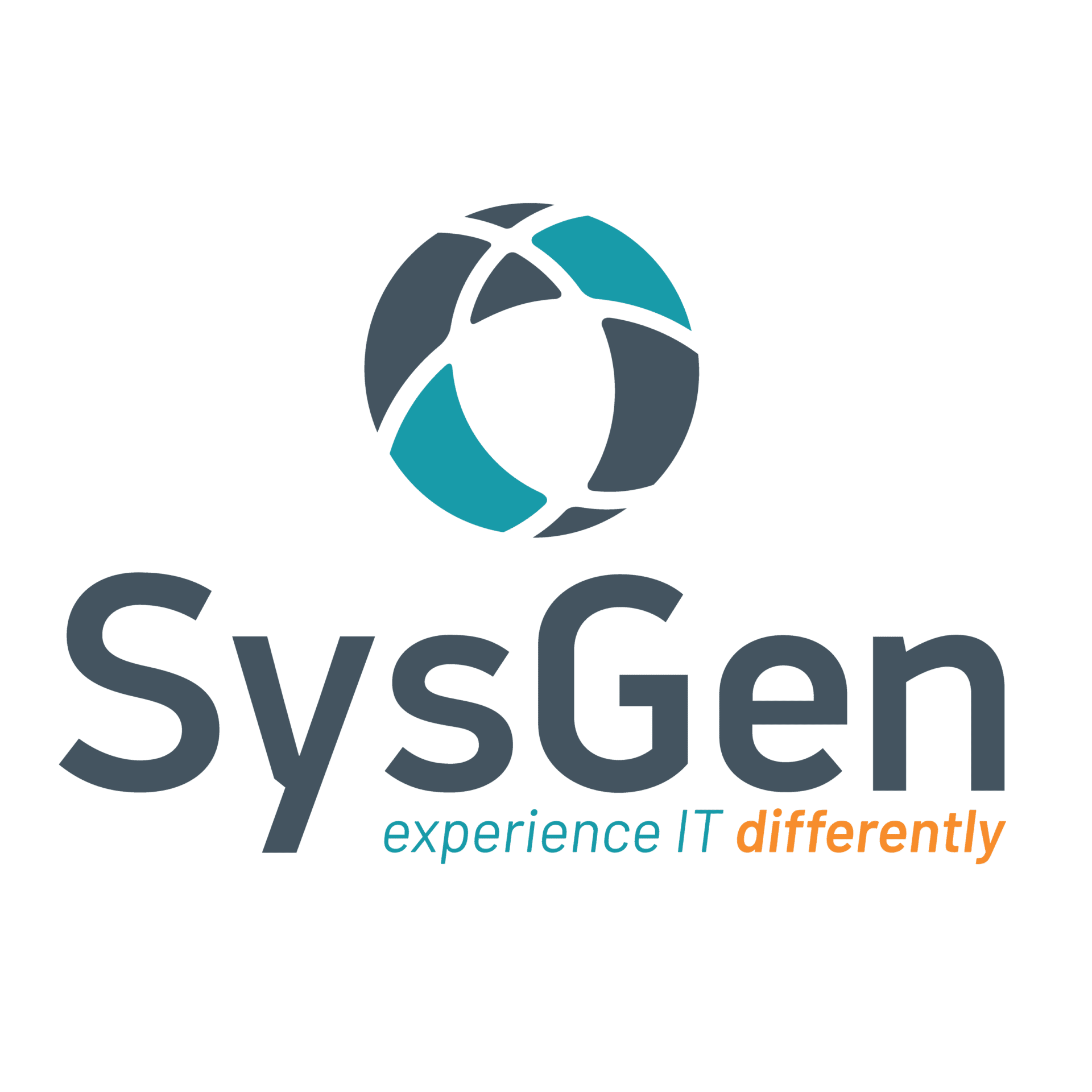Mobile devices dominate both our personal and professional lives. From our cellphones for content consumption to work laptops and tablets, these devices have become integral in how we interact daily with technology. 84.4% of Canadians own a smartphone in 2020, up 4.1% from 2018. With these numbers continually growing each year, along with the increasing need to leverage technology, the world has gone online and mobile with these devices.
These handheld machines have changed how we interact with the workplace. They have helped create seamless work experiences in and out of the office. These devices can access the necessary data and information we need in an instant, and at our fingertips, regardless of our physical locations.
However, these benefits are not without potential risks. Mobility improves worker productivity and adds flexibility to your organization so it can adapt to ever changing environments. Although, this may threaten security, and often requires greater responsibility and accountability without your organization. Mobile device management (MDM) is the key to mitigating these risks.
Table of Contents
What is MDM?
Mobile Device Management is a type of security software used on non-stationary devices, such as tablets or cell phones. This software enforces management features that police, secure, monitor, and manage mobile devices.
The main goal of device management is to protect the network by creating secured and optimized devices. In doing so, you can ensure that mobiles with access to confidential or valuable information have the proper controls to remain secure if the device is lost, or a bad actor is attempting to access the device. This methodology not only allows administrators to monitor and manage mobile devices, they can also control the use of the device, ensure it follows policy compliance and provide an overview regarding productivity needs.
How does Mobile Device Management Work?
Now that we have a grasp of what is MDM, we can understand how it works. MDM relies on two factors: the server and the agent. The servers are housed in a data center, while the agent is hosted on a mobile device. The MDM server is the brains of the operation and is where system administrators will input policies to be applied to the MDM agent on the mobile device.
This toolset allows device tracking and inventory so you can know how many devices are under your organization’s control and where they are located. With the MDM server, you can allow or deny applications and automatically populate new devices with applications for your employee use or prevent the device from accessing specific sites or applications. Further, you can enforce security precautions such as passcode enforcement and multifactor authentication for better device management.
Is MDM Necessary?
Mobile Device Management takes almost all the risk out of going mobile. If your employees use these devices to work in a hybrid and flexible environment, this methodology is a necessary investment in mobile security. When a device such as a phone is stolen, MDM allows the server to regain control and immediately wipe all the sensitive data off the phone before it gets into the wrong hands. These management features enables you to prevent misuse of company resources, such as accidentally downloading viruses or using devices for non-work-related purposes.
What are the benefits of MDM?
Device management is incredibly beneficial to companies today. With almost all individuals owning mobile devices, this toolset represents a cost-effective, secure, and efficient solution to the changing ways we do business.
Enhanced Security
With MDM, your business’s sensitive data is protected and you retain control over confidential information, promoting better mobile security. It can remotely lock and delete all information to safeguard it in the event of loss or theft. Through device management, business owners can also control how mobile devices are used—preventing downloads and automating setup for business use.
Containerization is a vital feature offered by MDM. This option secures corporate network information by segregating personal and corporate data on mobile devices to strengthen data security. This feature prevents mobile-based attacks (which may come through texts or from applications), risky user activity, and even simple accidents from interacting with specific applications with sensitive corporate information.
Reduce Costs
If your business employs a Bring Your Device (BYOD) model in the workplace, you can dramatically reduce costs for employee devices. BYOD allows employees to use their personal devices like laptops, smartphones, and tablets for work-related purposes. This removes the significant cost of purchasing devices for your employees, reducing operating costs and freeing up funds for the core of your business.
Gain Efficiency
MDM is centrally managed software that reduces the time and resources spent on IT administration. Things like software, applications, policies, and settings can be updated and implemented from a management dashboard, enabling you to create consistency across mobile devices. Additionally, you can manually update and optimize these devices remotely.
Remote Data Control
If a device is stolen, you can erase and remove any data from it to prevent it from falling into malicious hands when device management is put in place. The risk of theft, human error, or loss is mitigated with the ability to safeguard sensitive data and remotely delete it as needed.
Adhere to Compliance Standards
With MDM, businesses can better manage their mobile device policy. As a result, it becomes easier for devices to be updated to new guidelines set out by industry standards. Data protection policies can be set up and deployed across all devices consistently and have the change take effect immediately.
Data Backups
When applied to all devices, this methodology ensures that your business data will be backed up according to your company’s policy. This practice optimizes business continuity, ensuring that work from your team’s mobile devices is not lost and is as secure as in-office or stationary workstations.
What are the drawbacks of MDM?
MDM is an excellent solution and tool for protecting mobile devices in your organization. However, as with any technology, some drawbacks and misconceptions hinder the effectiveness of this toolset.
MDM is not a comprehensive cybersecurity solution
While we’ve discussed what is MDM, people often mistake MDM for a complete cybersecurity solution; however, it is limited. While it is the best and most robust solution to protect from stolen or lost devices, it does not have sufficient password protection and lacks protection against intrusive threats like preventing unauthorized usage.
MDM Hinges on Building Strong Policy
Policy creation and implementation are critical to an effective MDM. One poorly designed or implemented policy can negatively impact hundreds of employees and their devices on your network. This disadvantage requires an expert working to implement your MDM. A solutions expert is necessary to ensure that policy is not the downfall of your MDM strategy.
What’s the difference between MDM, EMM, and UEM?
So far, we’ve discussed mobile device management (MDM) in depth. In addition to MDM, there is also Enterprise Mobility Management (EMM) and Unified Endpoint Management (UEM). EMM and UEM represent MDM with a broader suite of tools to help manage mobile devices. UEM and EMM can address certain security settings limitations and privacy concerns that arise with changing cybersecurity and business trends.
MDM
- Offers full device deployment, giving control of smartphones and tablets that can be owned personally or by the business.
- Devices can be tracked and remotely wiped of sensitive data.
- Supports the BYOD (Bring-Your-Own-Device) model.
- Detects device malfunctions to reduce downtime.
EMM
- Expands MDM with a full-scale BYOD by providing encryption and policy containment on the employee’s Apple or Android device to protect specific apps.
- EMM uses access management to control who can access the application and data on the device, thus enhancing endpoint security.
- Uses Mobile Application Management (MAM) to control applications securing corporate data from employee personal data on the BYOD model.
UEM
- UEM goes one step further by managing personal computers and wearable devices through a single console.
- UEM caters to more complex management needs with multiple device endpoints.
Mobile Device Management Best Practices
Following best practices for device management is necessary to ensure your organization reaps the full benefits of this toolset.
Best Practices
- Use a device enrollment program to automate new device setup This creates efficient deployment and standardizes device setup across organizations
- Create an MDM governance process to establish protocols and policies for your device management strategy. These policies will help maintain your devices’ standards and prevent misuse.
- Delay automatic software updates to retain greater control of your mobile devices. You can automate updates for and on required applications and remove undesired ones.
- Consult professional opinions to ensure your MDM strategy is optimized for your business needs.
If your company has not implemented MDM and uses mobile devices to do business, your organization is in jeopardy. MDM is a robust solution and without it, there is a higher chance of corporate data breaches, lost client information, and damage to your corporate reputation. This toolset removes risk from your organization and brings cost savings and efficiency.
Chat with us about mobile device management for your business!



